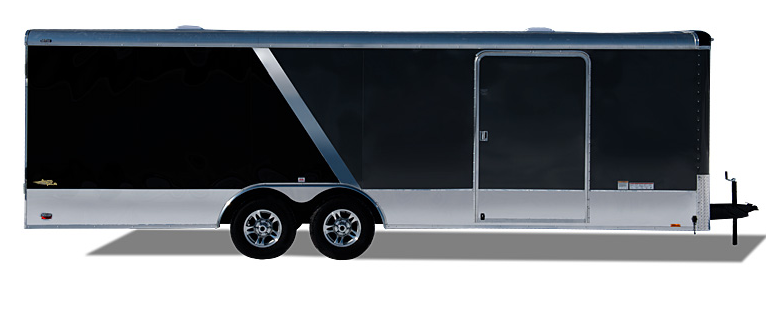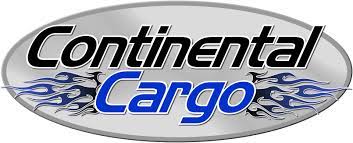2022 Continental Cargo Auto Plus CARGO TRAILERS Operating Instructions And Safety Procedures

Operating Instructions And Safety Procedures
DANGER:
Prior to servicing the unit make sure the safety prop is secured. Never place any part of your body under the dump bed without the safety prop secured. Do not block dump beds under loaded conditions. When operating a dump bed, keep hands and body clear of the frame and bed. Failure to comply could result in severe personal injury or death.
CAUTION:
Make sure handle mechanisms are properly engaged to secure the tailgate. Failure to comply could result in personal injury and/or property damage.
CAUTION:
Attach breakaway switch cable to tow vehicle frame being certain no strain is placed on the cable. Do not hook cable to safety chain loop or hitch ball. Do not let the cable drag on the ground. Check the condition of the battery prior to each trip. Failure to comply could result in personal injury and/or property damage.
DANGER:
Torque wheel nuts to 90–120 lb-ft before first road use. Retorque to 90–120 lb-ft after 10, 25, and 50 miles. Check periodically thereafter. Failure to follow these instructions may result in wheel loss, which can cause injury or death.
WARNING:
Do not exceed the payload carrying capacity of your towing vehicle or trailer unit as determined by the GVWR of the towing vehicle, the curb weight of the towing vehicle, the GVWR of the trailer and the curb weight of the trailer. See your towing vehicle’s owner’s manual for carrying capacity information. Gross vehicle weight on this trailer, not to exceed “listed” pounds including weight of the trailer. Failure to comply could result in instability and loss of control, which could result in personal injury or death.
WARNING:
Use the correct ball size to match the coupler on the trailer. Failure to do so may result in the trailer tongue lifting off the ball on the tow vehicle, which could result in loss of control of the trailer which could result in personal injury, death, and/or property damage.
WARNING:
Safety chain/cable – SAE Code J684, Section 6.3.1 reads: Two lengths of a safety chain or equivalent shall be used. They shall be connected from opposite sides of the trailer tongue to the towing vehicle connected from opposite sides of the trailer tongue to the towing vehicle and when passing forward to the towing vehicle, shall be crossed under the trailer tongue in such a manner that they will cradle the trailer coupler and tongue in the event of separation of the coupling or ball. Failure to comply could result in personal injury, death and/or property damage.
WARNING:
Inflate tires according to the manufacturer’s specifications. Inspect tires before each use for cuts, excessive wear, etc. Failure to comply can cause tire failure, which could cause personal injury, death, and/or property damage.
WARNING:
Make sure brakes are synchronized and functioning properly. See brake/axle manufacturer’s instructional information. Failure to comply can result in instability of the trailer during braking which could cause personal injury, death, and/or property damage.
WARNING:
Check operation of all lights before each use. Failure to comply could result in an accident due to other drivers not seeing the trailer and could cause personal injury, death, and/or property damage.
WARNING:
Make sure the coupler and hitch are securely attached to avoid collision with another vehicle caused by instability or separation of the trailer from towing vehicle, which could result in personal injury, death, and/or property damage.
WARNING:
Block trailer wheels before disconnecting the trailer from the tow vehicle to prevent rolling. Failure to comply could result in personal injury, death, and/or property damage.
CAUTION:
Do not unhook the trailer coupler from the tow vehicle with the dump bed in the raised position as the tongue may raise up rapidly, which could cause instability of the trailer which could cause personal injury and/or property damage.
NOTE:
Check that your trailer is towing in a level position and adjust hitch height if required.
NOTE:
Load your trailer so that approximately 10% of the trailer’s total weight is on the hitch. For light trailers, this should be increased to 15%.

